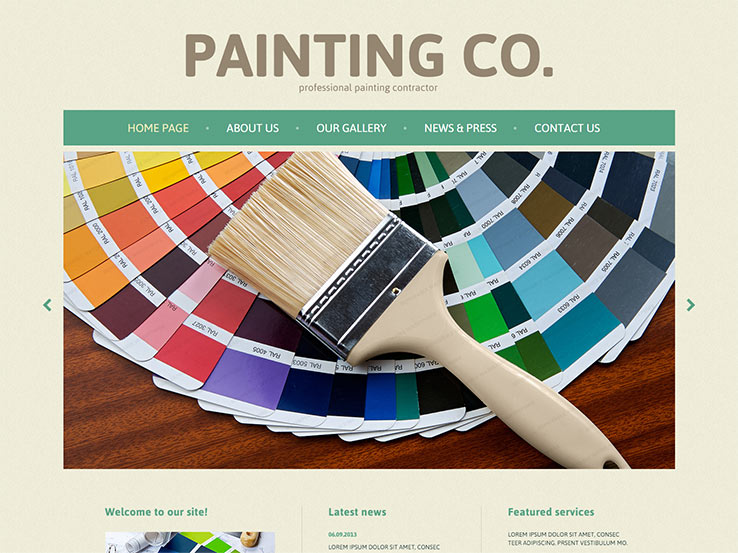Discover How Seasonal Influences Can Affect The Effectiveness Of Commercial External Painting And Find Out The Most Desirable Times To Make Sure Sturdy Results For Your Project
Discover How Seasonal Influences Can Affect The Effectiveness Of Commercial External Painting And Find Out The Most Desirable Times To Make Sure Sturdy Results For Your Project
Blog Article
Team Author-Carlson Chaney
When you're planning an industrial outside painting task, seasonal variables can make or break your results. You'll want to take into consideration how temperature and moisture effect paint application and drying times. Selecting the right period can guarantee your paint adheres properly and lasts much longer. Yet which periods are really the most effective for this kind of work? Let's discover the key elements that can impact your task's success.
The Influence of Temperature on Paint Application
When you're intending a commercial external paint job, the temperature level can significantly influence just how well the paint adheres and dries out.
Ideally, you wish to repaint when temperature levels vary in between 50 ° F and 85 ° F. If it's as well chilly, the paint may not treat correctly, leading to issues like peeling or cracking.
On the flip side, if it's also hot, the paint can dry also quickly, protecting against appropriate bond and causing an unequal finish.
You need to additionally think about the moment of day; morning or late afternoon uses cooler temperatures, which can be extra desirable.
Constantly check the maker's referrals for the details paint you're making use of, as they frequently supply advice on the excellent temperature level array for optimum outcomes.
Humidity and Its Result on Drying Times
Temperature level isn't the only environmental factor that affects your industrial exterior paint task; humidity plays a substantial role too. High moisture levels can slow down drying out times significantly, affecting the total top quality of your paint job.
When the air is filled with dampness, the paint takes longer to heal, which can cause issues like inadequate attachment and a higher threat of mildew growth. If you're painting on a particularly moist day, be prepared for extended wait times in between layers.
https://www.housedigest.com/939222/tips-for-painting-the-exterior-of-your-home-like-a-pro/ to monitor local weather conditions and plan accordingly. Ideally, aim for humidity levels in between 40% and 70% for optimal drying.
Maintaining these consider mind guarantees your job remains on track and supplies a long-term surface.
Best Seasons for Commercial Outside Paint Projects
What's the most effective time of year for your industrial outside painting tasks?
Spring and early fall are usually your best options. During these periods, temperature levels are light, and humidity levels are commonly reduced, developing perfect conditions for paint application and drying out.
Stay exterior painters texas of summertime's intense heat, which can create paint to completely dry also promptly, bring about poor adhesion and finish. Similarly, wintertime's cold temperature levels can hinder correct drying and treating, taking the chance of the long life of your paint job.
Aim for days with temperatures in between 50 ° F and 85 ° F for ideal outcomes. Keep in mind to examine the regional weather report for rainfall, as wet conditions can wreck your project.
Planning around these factors guarantees your painting task runs efficiently and lasts longer.
Verdict
In conclusion, planning your business external paint projects around seasonal considerations can make a substantial difference in the end result. By scheduling job throughout the suitable temperatures and moisture degrees, you'll ensure better attachment and drying times. Remember to watch on local weather prediction and choose the correct time of year-- spring and very early fall are your best choices. Taking these actions will aid you accomplish a sturdy and specialist coating that lasts.
